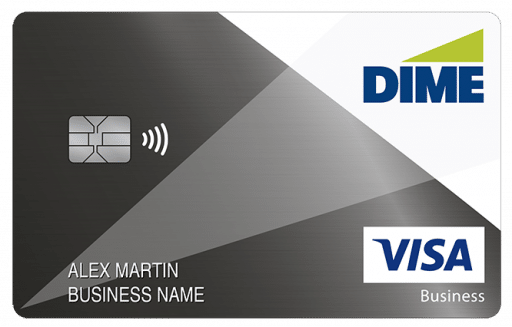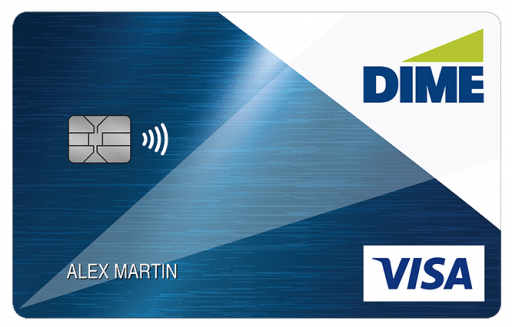Here at Dime, your security is our number one priority. To help you safeguard your financial well-being, we have compiled a list of common scams and warning signs that you should know about. Whether it’s phishing attempts, fraudulent investment schemes, or identity theft, knowing what to look for can make all the difference. Stay informed and take the proactive steps necessary to protect yourself, as well as your assets.
Common scams to watch out for
Scam Red Flags
Scammers are always finding new ways to pull of scams. They typically aim to deceive you through fake emails, texts, calls, letters, or face-to-face interactions. Whether through email, text, or in person, staying alert to these suspicious signs is crucial.
If you’re contacted unexpectedly?
If you receive a sudden request for personal details or money via phone, text, direct message, or pop-up, exercise caution. Avoid clicking on links or downloading attachments from unfamiliar sources. Remember, Dime will never contact you through text, email, or phone to request personal or account information.
If you’re feeling rushed
Be cautious when feeling rushed due to urgent contact by phone, email, or text that aims to evoke an emotional response. Scammers might pretend to be from a trusted entity like Dime, claiming an urgent issue. Always verify the identity of the contact and validate the legitimacy of the situation before taking action.
If you’re being asked to pay in a weird way?
If requested to make payments through unconventional methods such as gift cards, bitcoin, prepaid debit cards, or digital currency, like Zelle®, to address fraud issues, please be cautious. Dime will never instruct you to transfer funds to another party, including yourself, or request transfers due to purported fraud detection on your account.
If you’re asked to give personal or account information
If you’re ever randomly asked for personal or account details like a verification code, bank account number, or PIN, refrain from sharing. Dime will never request such things via text, email, or phone call that are not directly resulting from your request for information or an attempt to do a transaction (in order to verify your identity). A request to share such information may be a tipoff that someone has contacted us pretending to be you.
If it seems too good to be true
Be cautious of free products or ‘get rich quick’ schemes that sound too good to be good to be true. Avoid cashing checks for unfamiliar individuals. Always take the time to do some research to independently verify claims, check reviews and scam prevention websites, or speak with a trusted source first.
Fraud Prevention Solutions
Your security is our top priority. That’s why Dime offers fraud prevention solutions that can help you identify, report, and prevent fraud.
Check
Positive Pay
Check-based fraud prevention by matches checks presented for payment against a list of checks issued by your business.
Learn MoreACH
Positive Pay
Prevent fraud related to ACH transactions by using our system, which enables your business to monitor and manage such transactions. You can use filters and blocks to ensure that all ACH transactions posted in your account are legitimate.
Learn MoreDebit Card
Security
Protection from identity theft and unauthorized spend.
• ID theft protection*
• Zero liability protection**
• Fraud monitoring text alerts
Learn MoreSavvy
Money
The first step toward improving your credit is understanding your credit. That’s why Dime online banking includes Savvy Money. A service that helps users access their rating, learn the factors most impacting it, and how to improve it.
Learn MoreAdditional Resources
Keeping You Secure
- Online Security
- Passwords
- PC Security
- SSL Certificate & 128-bit Encryption
- Mobile Security
- Business Integrity Hotline
Helping You Avoid Fraud
- Reporting Fraudulent or Suspicious Activity
- Monitoring and Detecting Fraudulent or Suspicious Activity
- How To Protect Yourself Against Identity Theft
- How To Avoid Phishing Schemes
- How To Avoid Website Spoofing
- How To Avoid Social Engineering Attacks
Online Resources To Assist You
* Terms, conditions, limitations and in some cases enrollments are applicable – please see the Mastercard Guide to Benefits for Debit Cardholders.
** You’re not responsible for unauthorized transactions that you promptly report to us if you have taken ordinary care of your card and PIN.




